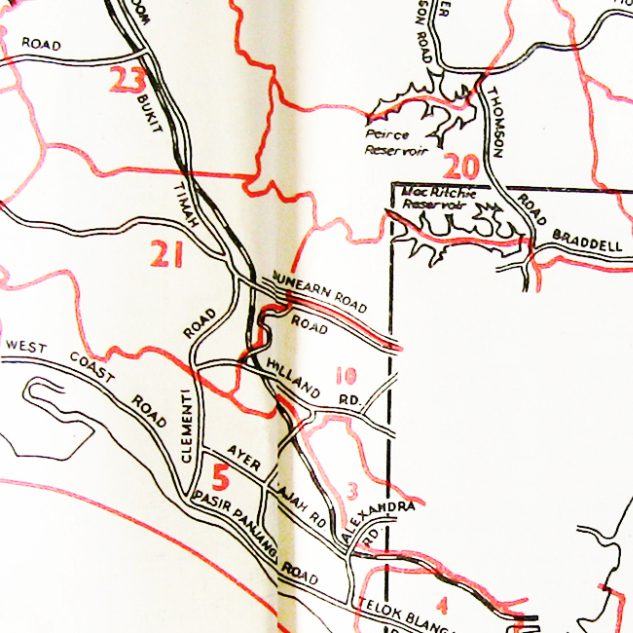
Ant Farm
(An Interview with Chip Lord, from the NMC Media Lounge at the College Art Association conference, February 23, 2018).)
In approaching and researching into the artistic oeuvre of Ant Farm (1968 – 1978), one stumbles upon numerous documents and retrospective shows about/from the visionary collective. The body of works all stack up as being ‘sublimely relevant more than three decades later’ as quoted by Constance M. Lewallaen in her essay Still Subversive After All These Years, a testament to how Chip Lord, Doug Michel later joined by Curtis Schreier have left behind a body of not just artworks but research that is not just relevant but still considered radical and groundbreaking. As described in Michael Sorkin’s essay Sex, Drugs, Rock and Roll, Cars, Dolphins, and Architecture:
Looking back at the amazingly fertile oeuvre of the Ants—produced in a ten-year sprint that would have left lesser artists burned out for life— one is overwhelmed by their vision and their generosity, their interventions in the range of practices and issues that set the contemporary agenda for architecture. Performance, video, public sculpture, architecture, and polemic were all wielded with huge skill and massive aplomb.
Ant Farm was established within the counter-cultural milieu of 1968 San Francisco by architects who dealt with the intersection of architecture (the built form), design and media arts (the projected form) and produced works in numerous formats ranging from agitprop events to videos, live-action performances, and installations. Referencing Michael Sorkin’s essay again, he continues that:
The times, after all, were not purely about rupture but also about rupture, about submitting the cultural and physical landscape to the revaluing of altered vision. That vision was diverse.’
Ant Farm was an art collective like no other as they produced a diverse body of artworks that cuts across visual arts, architecture, graphic design, new media art and socially engaged art. Such a diverse vision was achieved by Ant Farm as they existed as an ‘autonomous reality community’, a term by respected scholar and theorist of media arts and politics, Gene Youngblood (and referenced by Randall Packer as an ideal description of Ant Farm, in a recent interview with Chip Lord from the NMC Media Lounge at the College Art Association conference, February 23, 2018).
Autonomous, in how they developed their practice outside of the privileged institutional context of universities and were able to produce art that is still relevant today in debates about the impact of mass media on our lives, discussions on sustainable architecture and issues surrounding building technologies, public art and essentially questioning the ‘realities’ of architecture. The group crafted artworks that were altered visions like “Media Burn” that was always somewhat utopian, but also ironic and tongue-in-cheek in the appropriation of elements from popular culture. As a collaborative entity, their work was a result of the creative energies swilling around at the conceptual activities of the late sixties and seventies, a seminal period of creative gestation for art.
In “Media Burn”, it is a multimedia artwork on many levels. As a live event, the artists have created an opening ‘mockumentary’ where the artists have appropriated documentary-style staging to create a simulacrum of an actual event. Doug Hall plays John F. Kennedy, appropriating the iconic president whose live television shooting shocked a generation of Americans and their experience of mass media, as an artist-president. This tongue-in-cheek gesture by Ant Farm is exacerbated by the speech that he delivers where the artist-president regally pronounces “Who can deny that we are a nation addicted to television and the constant flow of media? Haven’t you ever wanted to put your foot through your television?”
With this radical gesture, the reconstructed Cadillac that has been crudely modified (as Ant Farm were greatly influenced by the Do-It-Yourself culture at that time) to resemble an idealised/dream vehicular object, plows into a wall of televisions. The video brings forth a performative gesture that sets up an explosive collision between two of North America’s biggest and most potent cultural symbols of the 1970s: the vehicle (a car that has come to symbolise the ability to traverse land, a dream of many Americans) and the television (a mass media device that has shaped the way people in America live and perceive one another and how they have come to envision the outside world). The invited media representatives that formed the spectators made the spectacle into a ‘media circus’ and footage of the event, which were shot from the video camera mounted inside the car, were further juxtaposed with news coverage from television stations. Such was the complexity of the work that in surveying the work, we categorise it as a media event, a series of site structures (installation), performance (also in real-time) and video-art (closed-circuit cameras and pre-edited ‘mockumentary’.
The event itself manages to merge all these into an artwork that is humorous with cultural and political critique, where they critiqued North American’s ideals of technological superiority and questioned the role of mass media and consumerism on the North American culture. The invited guests who were members of the national media, a gesture that up to this day is very much spoken about. Ant Farm had:
engaged the most powerful aspect of the joke: the possibility of splicing things that in conventional atmospheres would be considered impossible to join.
With “Media Burn”, Ant Farm has produced one of the most exquisite artworks of the 20th century that is still relevant and spoken about up until today. In fact, the work has definitely become more ‘sublimely relevant more than three decades later’ due to the increased intertwining of mass media and one’s social and physical reality. The altered vision set up by Ant Farm still resonate, as our experience of the every day becomes blurred by imagery displayed on the television, internet and social media.


















